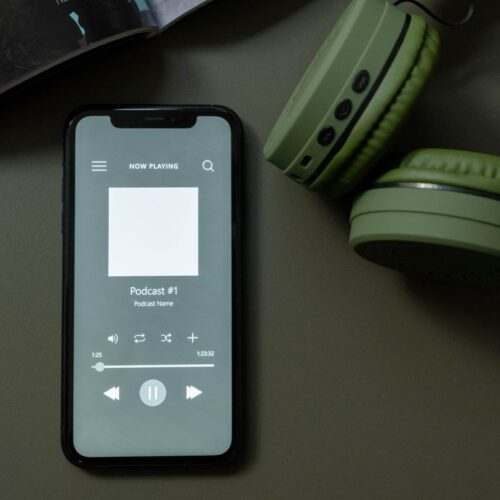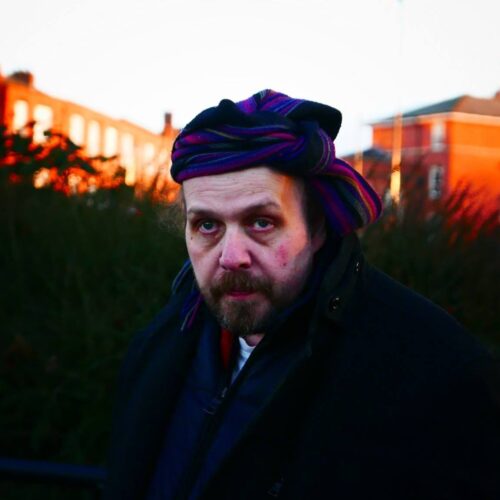
Writing for New Instruments

One of the most fulfilling experiences available to composers is the opportunity to collaborate with designers of new musical instruments, composing new music to practically test their characteristics and to help develop the instruments and repertoire further. The processes involved with research and development are as beneficial to the composer as they are to the designer.
An instrument that recently came to my attention, still in development, is the ‘Piano Harp’, or to give its full title ‘The Reverse Action Piano Harp’, designed by Phil Brissenden of the University of Salford. The instrument is a hybrid of two more familiar instruments, the autoharp and the piano keyboard, a combination born out of a pianist’s desire to be closer to the strings and to find something as portable as a guitar!
The instrument, as you can see in the picture above, is a small keyboard over a harp body. When a key is depressed, all instances of that note are undamped and available to play with the right hand, that is to say, if you pressed a D key, all of the D strings would no longer be damped and strumming or plucking along all the strings would sound only any D pitches. As the strings are reverse-damped, releasing the D key would immediately silence those pitches. This means that you can play pianistically with the left hand, and like a guitarist or harpist with the right, with many possible styles and techniques available.
This intrigued me greatly, I can remember many times as a child leaning into a piano with the sustain pedal on, strumming strings, thinking how fantastic it would be to be able to coordinate left and right to play something but, alas, far too big an instrument to use meaningfully. However, with the advent of the Piano Harp this no longer seems a problem!

The instrument is quite portable, easily to handle and playable whilst sat down, comfortably resting across the body leaving both strings and keyboard in a natural playing position. The strings can be plucked, strummed or hammered, with custom picks being currently used and developed to aid with right hand technique. This is a particularly interesting avenue from a compositional point of view as it’d be interesting to see how different types of pick affect the timbre of the instrument.
The sound of the instrument is quite beguiling. It incorporates sound qualities of the guitar, harp and even harpsichord, and early tests on arranging music for the instrument showed it has good potential in both classical and folk genres, amongst others.
Perhaps the best way to test the sound characteristics of an instrument, compositionally, is to gradually adapt it into ensembles, testing how it works as part of a whole sound, with new material rather than adapting existing arrangements. However, for the composer, this immediately raises a question: how do you notate music for a new instrument? In the case of the Piano Harp, it immediately struck me that it could be problematic. The left hand plays keys that might not relate to the exact pitches of the right hand, but leaving what the left hand does for the player to interpret might be complicated and potentially leave out information important to the composer’s intention, making the player’s role more interpretative and needlessly difficult.
On discussing potential notation with Phil, we agreed a format to start with of two standard treble clef staves, the lower of which contain the keys held down by the left hand and the upper, the notes actually sounded with the right. This seemed to provide enough of a basis to work with for some test compositions.

I settled on composing for Piano Harp, Piano and Voice to test the instrument’s capabilities as an accompanying instrument, and to see what timbral characteristics it could add to an established ‘sound’. In keeping with the instrument’s principle of combining the old with the new, I thought it would be appropriate and interesting to use the folk, medieval and ethereal elements of the sound with that of the classical art song movement and theatre, combining tonal elements of each; old and new together. The audio of the resulting piece ‘Be Still My Soul’ can be found below and the blending of piano and piano harp is of particular interest to me as I consider further compositions for the instrument.
Further information on the Piano Harp’s design and development can be found HERE as can the contact details for the inventor, Phil Brissenden, who is happy to hear from any other composers who are interested in writing for the Piano Harp, regardless of genre.
Direct Link: https://soundcloud.com/chrislawrycomposer/be-still-my-soul-chris-lawry






The website for further information on the Piano Harp and to contact the inventor is http://www.reverseactionpianoharp.com .
It has a sweet sound. Reminds me somewhat of an early piano.
What a beautiful song. The Piano Harp just adds that little bit extra that seems to compliment and mix the piano and voice sonorities beautifully. I am just wondering about the solo capabilities of this instrument or with sounds that don’t normally mix with the subtleties of its soundscapes?
As am I Andy, this is jsut one the first in many experiments with the instrument. Should be a good bit of fun finding out!